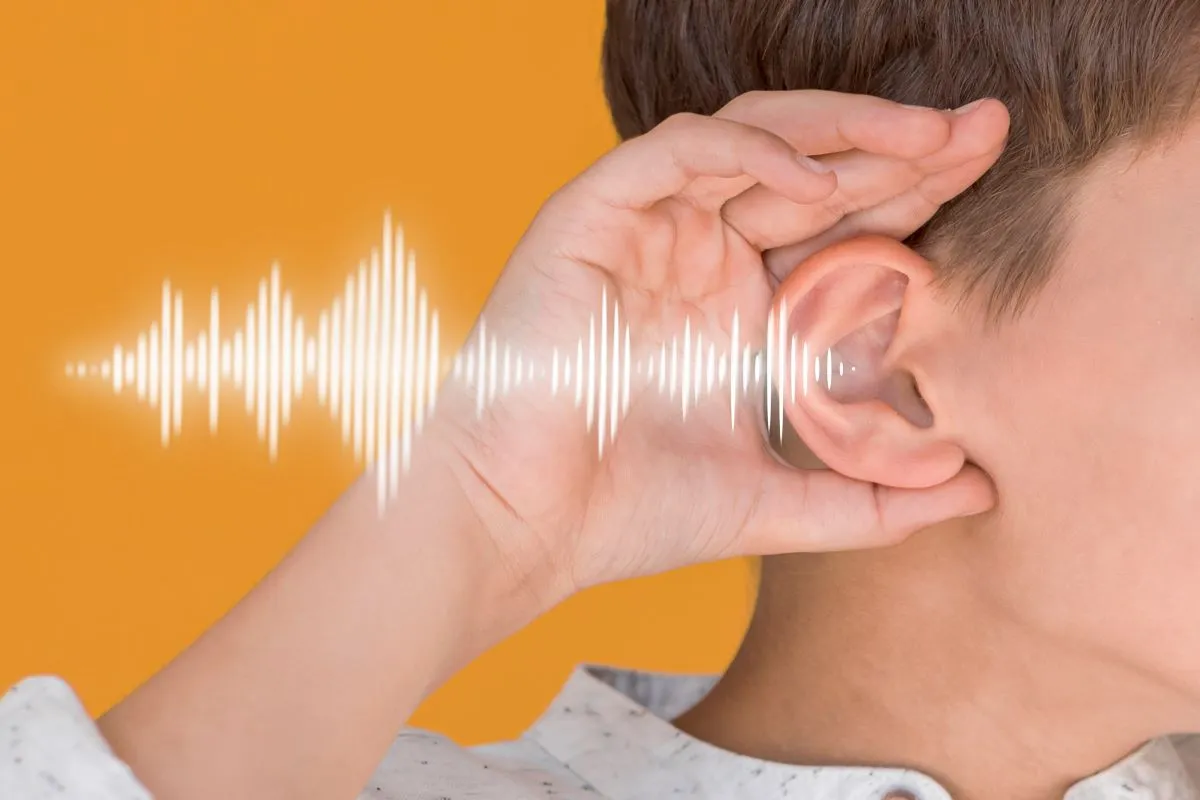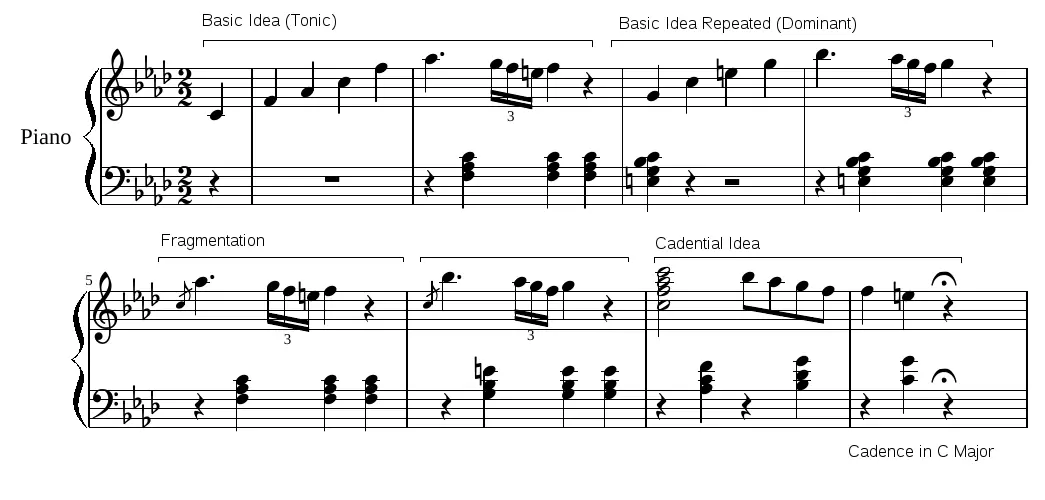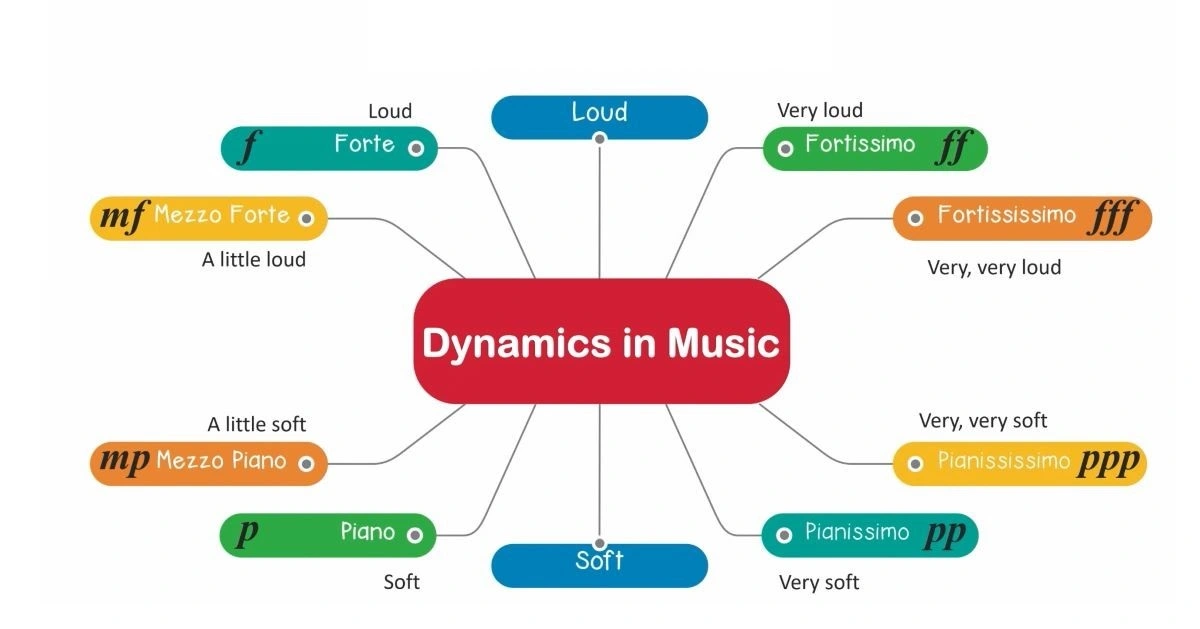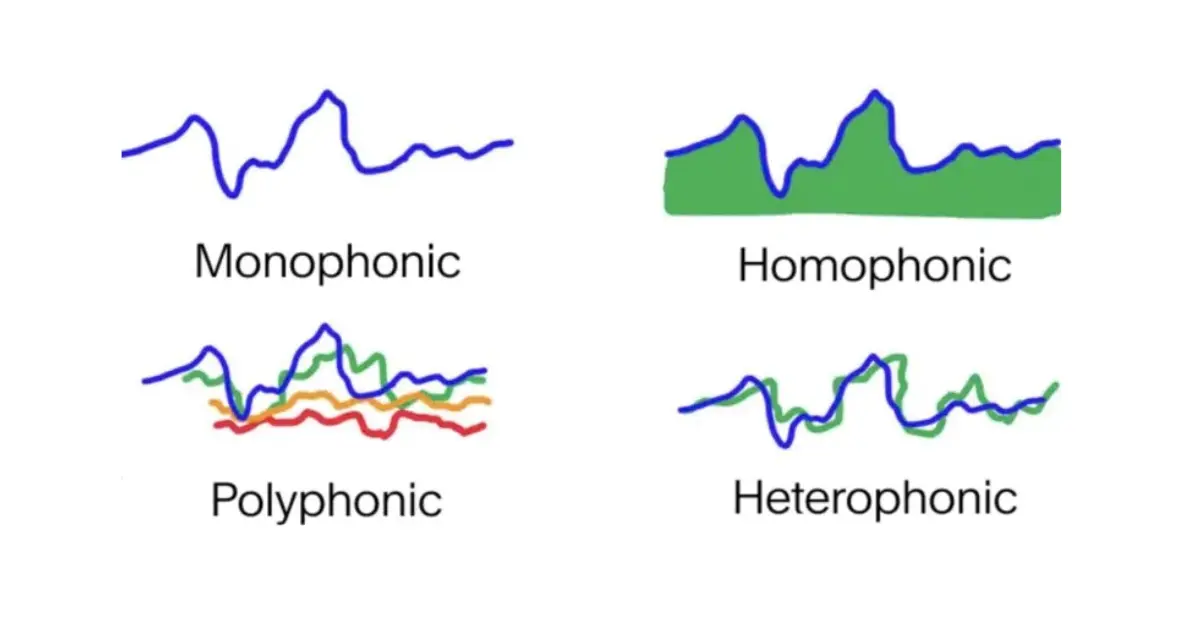
The ABRSM aural test is often the most overlooked section of both the ABRSM and Trinity Graded Music Exams.
Due to its relatively small weight in the overall ABRSM aural test score, students and teachers sometimes prioritize other sections, relying on pieces and technical work for success.
However, neglecting aural preparation can lead to disappointing results, with students potentially losing critical points—sometimes making the difference between a fail and a pass, or between a merit and a distinction.
This article aims to help you effectively prepare for the final exercise in the aural test: listening to and describing a piece of music. While this task may seem straightforward and even enjoyable at basic and intermediate levels (Grades Initial to 5), it becomes more challenging as you progress. Advanced grades require more specific answers and a well-developed ear.
Here is a guide to what you should focus on in your music description, starting from the broad aspects and working down to finer details.
Tonality is a good starting point when describing a piece of music.
It is like the first impression—how the music makes you feel and the mood it sets.
The tonality will generally be either major (happy) or minor (sad).
If the piece alternates between major and minor, or ends on a different tonality than it started, mention this
If you hear many chromatic runs, note that the piece is in a major or minor key with chromatic elements.
In higher grades, music may include dissonances, but the underlying tonality should still be identifiable.
If the key is unclear, or the piece appears atonal, this could be the case in 20th-century music. You might safely describe the tonality as “unclear”.
Next, consider the character of the piece, which reflects the overall mood.
Here’s a range of adjectives to describe different characters:
Happy, graceful, lively, cheerful, joyful, jaunty, energetic, bright, animated, spirited, cheeky, humorous, heroic.
Sad, serious, melancholic, calm, solemn, angry, restful, gentle, tragic, dark, sombre, dramatic, peaceful.
Contrasting, powerful, vigorous, forceful, thoughtful, warm, majestic, elegant, light, yearning, tender, decorative, almost improvised.
The structure of a piece becomes more complex at higher grades.
Think of it like the structure of a novel: letters form words, words form phrases, phrases form paragraphs and so on.

Identify the number of sections, repetitions, introduction, coda (added-on end), contrasting materials and cadences (these are like punctuation marks).
Note whether phrases are long or short, balanced or irregular.
Mention if there is imitation, ostinato, or recurring patterns.
Tempo refers to the speed of the music. Familiarize yourself with musical terms for different tempi and note any changes or flexibility in the tempo.
Grave, Largo, Larghetto, Adagio, Lento, Andante, Allegretto, Allegro, Vivace, Alla Breve, Presto, Prestissimo, etc.
Describe if the tempo remains steady, accelerates, slows down, or includes rubato.
Rhythm, while related to tempo, has its own characteristics.
You can discuss rhythm immediately after tempo.
If you can, identify simple or compound time, but only if you are certain.
Mention any repeated rhythms, march-like or dance-like rhythms, waltz-like patterns (three beats, with the first beat emphasized), or jazzy syncopations.
Dynamics, or volume, is another relatively straightforward aspect to describe.
Use proper musical terms and note any changes.

Crescendo, diminuendo, sudden (subito) changes, and dynamic range.
Melody is often the most prominent element in music, typically played by higher-pitched instruments or in the upper register of the piano.
Cantabile, lyrical, smooth, ornamented, or simple melodies.
Mention if the melody is ascending or descending, whether the pitch range is narrow or wide and if there are scalic runs.
If the melody is in a lower register or the bass, note this as well.
Accompaniment usually supports the melody, and it is often played by lower-pitched instruments or the left hand on the piano.
Regular repeated patterns, chords, ostinato, arpeggio-like accompaniment, octaves, waltz-like patterns (a first low note followed by two higher chords).
Harmony often goes hand in hand with accompaniment.
If you can identify specific chords, do so, but avoid guessing.
Rich, thick chords, static harmony, conclusive or inconclusive endings.
In jazzy pieces, mention blue notes, jazz cadences, or harmonic clashes.
Texture refers to how busy the music sounds and the number of simultaneous parts or voices.

Light, thick, melody with an accompaniment, contrapuntal (when two or more voices create a dialogue with each other), imitative, polyphonic, monophonic, homophonic (the same sound is played by various instruments), waltz-like accompaniment.
Mention if a melody emerges from the accompaniment or if there is a dialogue between parts, a piece made solely of chords or made using many arpeggios, scales, chords, octaves.
Articulation refers to how each note is played – whether smooth, detached, or accented.
Legato, staccato, crisp, clear and detailed, or a mixture of different articulations.
Ornamentation is like decoration in music, often used to embellish the melody.
Acciaccaturas, mordents, trills, and turns.
If unsure, you can simply state that the music is ornamented.
Recognizing the period and style of the music can be challenging, but listening to music from different eras is the best way to practice.
Listen to music by J. S. Bach or Haendel.
Listen to music by Haydn, Clementi or Mozart.
Listen to music by Chopin, Schumann, Liszt or Brahms.
Listen to music by Joplin, Gershwin, Prokofiev, Schoenberg, Falla or Debussy.
By focusing on these elements, you can greatly improve your performance in the ABRSM aural test, helping you achieve the best possible grade. Remember, consistent practice and active listening are key to developing your ear and musical understanding.
Pick your favorite instrument and start making music today!
MUSIC LESSONSHow to enroll
Categories